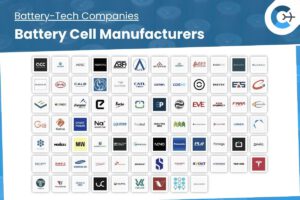Tesla’s Giga Shanghai facility has reached a significant production milestone, rolling its five-millionth battery pack off the assembly line. The achievement was shared by the company on social media platforms X and Weibo, accompanied by images of the milestone battery pack.
According to Tesla’s Weibo post, the company independently develops its cell chemistry and designs its battery pack structure to deliver high performance, elevated energy density and enhanced cold-weather resilience. Tesla states that the battery systems are engineered to support mileage that exceeds a vehicle’s expected lifecycle and meet safety standards several times higher than industry norms.
While Giga Shanghai designs and assembles its own battery packs, it does not manufacture cells in China. The plant sources cells primarily from two established suppliers in the region: China’s Contemporary Amperex Technology Co., Limited (CATL) and South Korea’s LG Energy Solution.
Construction of the Shanghai factory began on January 7, 2019, and production commenced by the end of that year. It became China’s first wholly foreign-owned automotive manufacturing facility. Deliveries of the Model 3 sedan to local customers started in January 2020, followed by Model Y SUV deliveries in January 2021. The factory now has an annual production capacity of approximately one million vehicles and serves both the domestic market and export customers.
In the third quarter of this year, Tesla China’s total sales—including exports—reached 241,890 vehicles, representing 48.66 percent of Tesla’s global deliveries for the quarter. For the first three quarters combined, the facility accounted for 606,364 vehicles, or 49.79 percent of Tesla’s worldwide deliveries of 1,217,902 units during the same period.
Despite these production figures, Tesla’s domestic retail sales in China have experienced a downturn. October retail deliveries stood at 26,006 units, the lowest monthly total since November 2022, according to the China Passenger Car Association. This reflects a 35.76 percent year-on-year decline from 40,485 units and a 63.64 percent month-on-month drop from September’s 71,525.
Source: CnEVPost
















